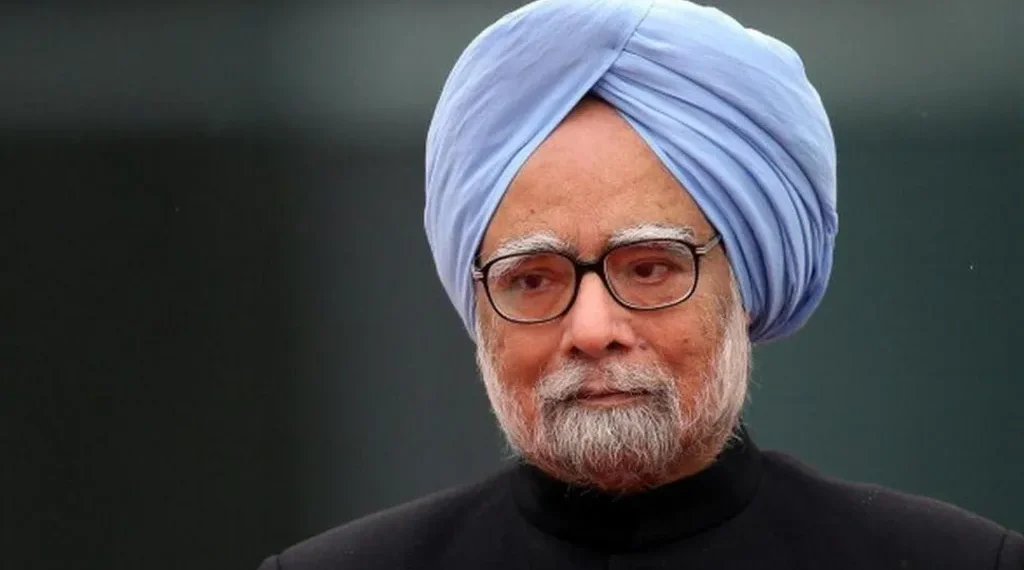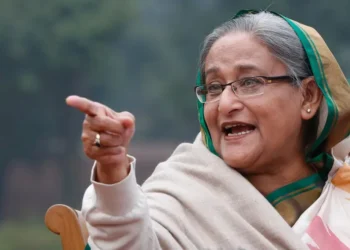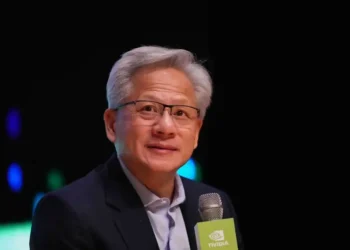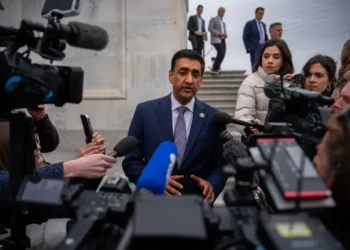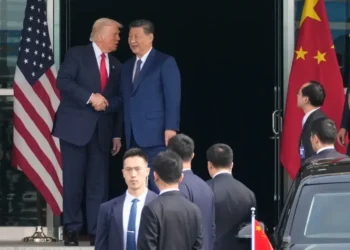Manmohan Singh, India’s Former Prime Minister and Economic Architect, Dies at 92
Manmohan Singh, the former Prime Minister of India and the architect of the country’s economic reforms, has passed away at the age of 92. His death marks the end of a remarkable political career that saw him serve as one of India’s longest-serving prime ministers, shaping the nation’s economic landscape for decades.
A Pioneering Leader
Singh, who served as prime minister from 2004 to 2014, was widely regarded as the architect of India’s key economic liberalization reforms. Before assuming the top political office, he served as India’s Finance Minister, where he laid the foundation for the country’s transformation into a global economic power.
Singh was admitted to a hospital in New Delhi due to declining health, reports indicate. He had a long and distinguished career, becoming India’s first Sikh prime minister and the first to be re-elected after completing a full first term since Jawaharlal Nehru.
Early Life and Education
Born on September 26, 1932, in a remote village in Punjab, Singh grew up in a challenging environment lacking basic amenities like electricity and water. Despite these hardships, he excelled academically, earning a master’s degree from Panjab University, followed by a DPhil from Oxford University.
Singh’s daughter, Daman Singh, recalls how her father’s financial struggles while studying at Cambridge were a defining aspect of his early life. He lived frugally, relying on scholarships and his father’s support to make ends meet.
A Visionary Finance Minister
Singh rose to national prominence in 1991 when he was appointed as India’s Finance Minister. At a time when the country was on the brink of bankruptcy, he spearheaded a bold series of economic reforms that included tax cuts, currency devaluation, privatization of state-owned companies, and the encouragement of foreign investment. These measures led to a revival of the economy, spurring industrial growth and stabilizing inflation.
His leadership helped set India on a path of consistent high growth during the 1990s and into the 2000s, with significant improvements in the nation’s global economic standing.
The ‘Accidental Prime Minister’
Despite his economic achievements, Singh’s path to the role of prime minister was unconventional. In 1999, he failed to win a seat in the Indian Parliament, but his party, the Congress Party, chose him to serve in the upper house. In 2004, Singh was appointed prime minister after Sonia Gandhi, Congress’ leader, declined the position, citing potential controversy over her foreign birth.
During his first term, Singh’s leadership was marked by significant triumphs, such as the landmark nuclear deal with the United States, which brought India out of international isolation and secured access to crucial nuclear technology. However, this deal also led to political turbulence, with the Communist allies of the ruling coalition withdrawing their support, leading to charges of vote-buying.
A Leader Amid Scandals
Although respected for his integrity, Singh’s second term as prime minister was marred by a series of corruption scandals involving members of his cabinet. These scandals, including the infamous 2G spectrum scam and allegations of illegal coal block allocations, severely tarnished his administration’s image and were seen as contributing to Congress’ crushing defeat in the 2014 general elections.
Critics, including prominent opposition leaders, labeled Singh as a “weak” prime minister, citing his indecisiveness and inability to push reforms at the same pace as his early years. However, Singh defended his record, insisting that his government worked with dedication for the welfare of the people.
Foreign Policy and Legacy
Singh continued his predecessors’ pragmatic foreign policies, focusing on improving ties with neighboring countries. He sought to resolve the border dispute with China and strengthened India’s relationship with Afghanistan, becoming the first Indian prime minister to visit the country in nearly 30 years.
His efforts to engage with Pakistan, despite setbacks like the 2008 Mumbai terror attacks, reflected his commitment to maintaining regional stability. He also took controversial stands, such as distancing India from Iran, which upset many in the opposition.
A Quiet, Reserved Leader
Singh was known for his studious and reserved nature. A man of few words, he often kept a low profile and preferred not to seek attention. His calm demeanor earned him respect, but he was often criticized for his silence during key scandals.
In 2015, Singh faced legal challenges, including allegations of corruption related to the coal allocation scandal. He remained firm in his defense, saying he was open to legal scrutiny and believed the truth would prevail.
Life After Politics
Even after stepping down as prime minister, Singh remained active in politics as a senior leader of the Congress Party. In 2020, during the coronavirus pandemic, he urged the government to take immediate steps to provide financial support to struggling businesses and individuals.
Singh’s legacy as an economic reformer is undeniable. He played a crucial role in bringing India out of economic and nuclear isolation, although some critics argue that he could have retired earlier to avoid the scandals that tarnished his second term.
Conclusion
Manmohan Singh’s death marks the end of an era in Indian politics. He is survived by his wife and three daughters. History will remember him as the leader who transformed India’s economy, guided the country through pivotal moments in its foreign policy, and remained a figure of quiet strength in the face of political adversity.
This article was rewritten by JournosNews.com based on verified reporting from trusted sources. The content has been independently reviewed, fact-checked, and edited for accuracy, neutrality, tone, and global readability in accordance with Google News and AdSense standards.
All opinions, quotes, or statements from contributors, experts, or sourced organizations do not necessarily reflect the views of JournosNews.com. JournosNews.com maintains full editorial independence from any external funders, sponsors, or organizations.
Stay informed with JournosNews.com — your trusted source for verified global reporting and in-depth analysis. Follow us on Google News, BlueSky, and X for real-time updates.
